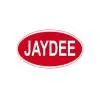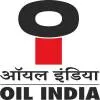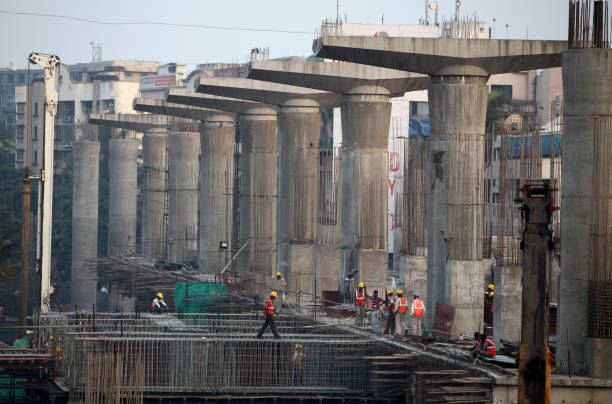
MMRCL completes 96% tunneling work for Mumbai Metro Line-3

Shivraj Singh Chouhan inaugurates ICAR-IIMR admin block in Ludhiana
Union Agriculture Minister Shri Shivraj Singh Chouhan recently inaugurated the administrative building at the Indian Council of Agricultural Research – Indian Institute of Maize Research (ICAR-IIMR) in Ludhiana, Punjab. During the visit, he interacted with maize stakeholders, farmers, rural development scheme beneficiaries, and women self-help group (SHG) members. He said that under the leadership of Prime Minister Narendra Modi, the government’s key goals include boosting foodgrain production, reducing input costs, and improving farmers’ incomes. He highlighted the importance of div..
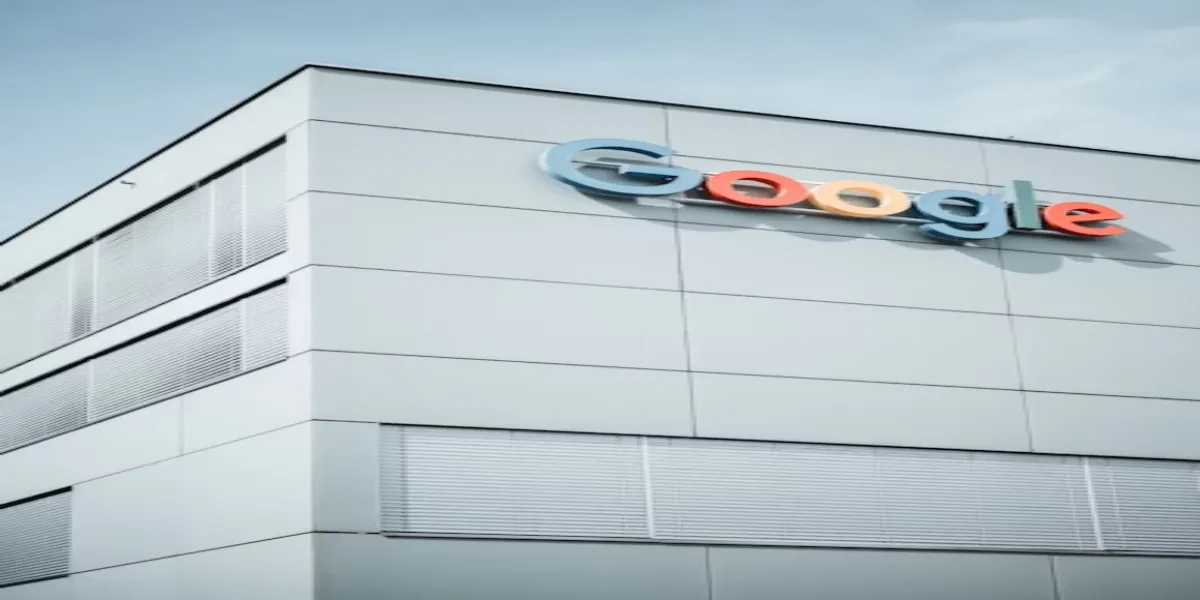
Google to Build Rs 10,000 Cr Data Centre in Visakhapatnam
In a major boost to India’s digital infrastructure, Google will establish a 1-GW hyperscale data centre and Artificial Intelligence (AI) hub in Visakhapatnam, Andhra Pradesh. The project, valued at Rs 100 billion, is expected to significantly contribute to the state’s economy and create more than 20,000 direct and indirect employment opportunities. Union Minister of State for External Affairs and Education, Dr Pemmasani Chandrasekhar, highlighted that this landmark investment by Google will help position Andhra Pradesh as a prominent digital hub under the “Swarandhra Pradesh” vision. ..
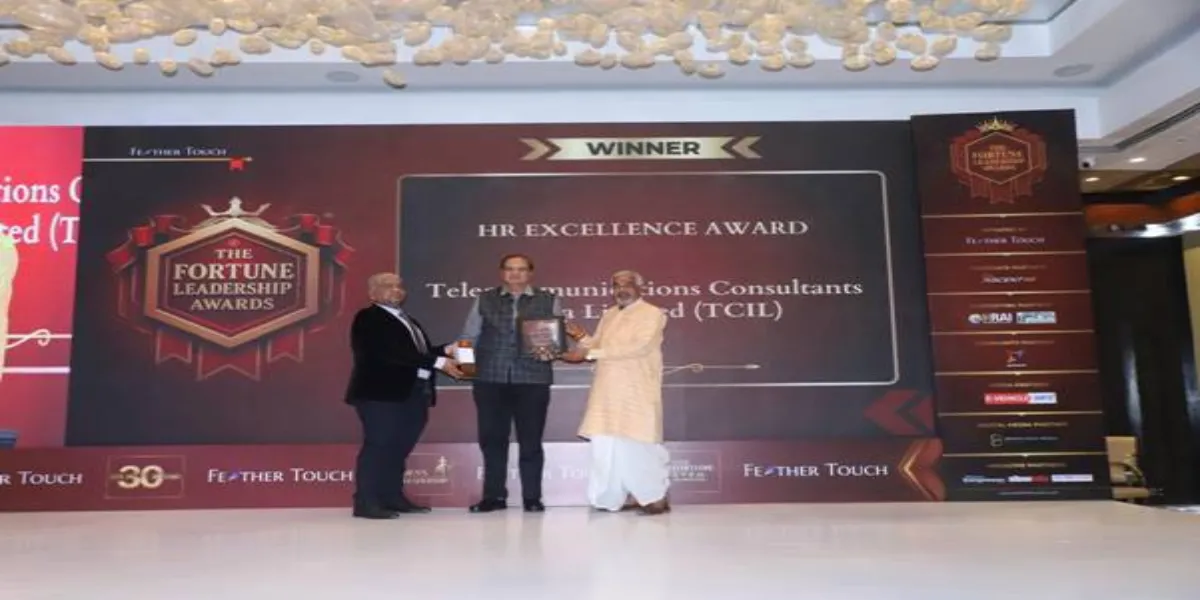
TCIL honoured with HR Excellence Award 2025
Telecommunications Consultants India Limited (TCIL), a Miniratna Schedule ‘A’ PSU under the Department of Telecommunications, has been honoured with the HR Excellence Award at the Fortune Leadership Awards 2025, held at Radisson Blu Plaza, Delhi. The accolade acknowledges TCIL’s outstanding HR practices promoting employee development, innovation, and inclusivity. The award was presented by Dr. Dinesh Upadhyay, Former Member, Ministry of AYUSH, and Shri M. S. Nethrapal, IRS, and received by Shri P. Suresh Babu, CGM (HR), in the presence of distinguished leaders from various sectors. Bet..










